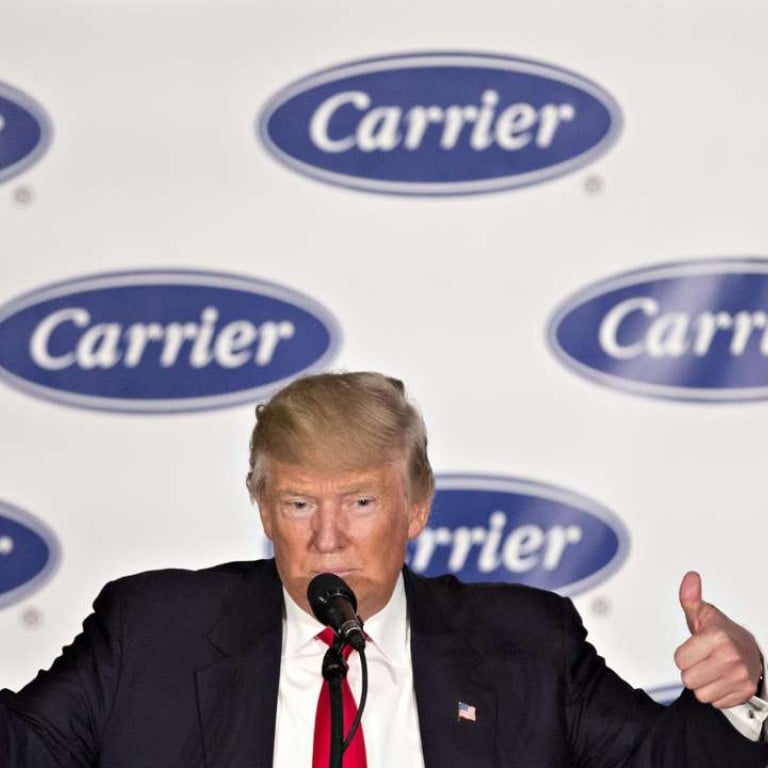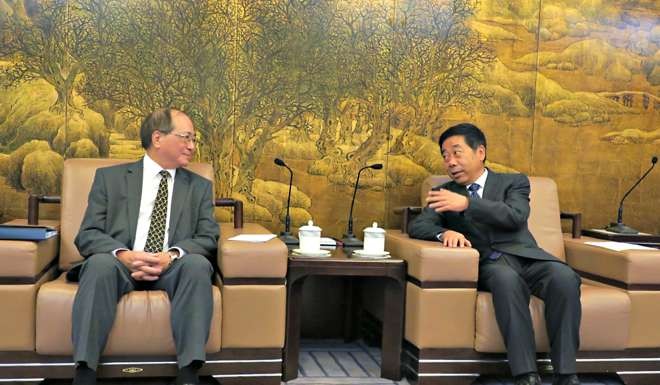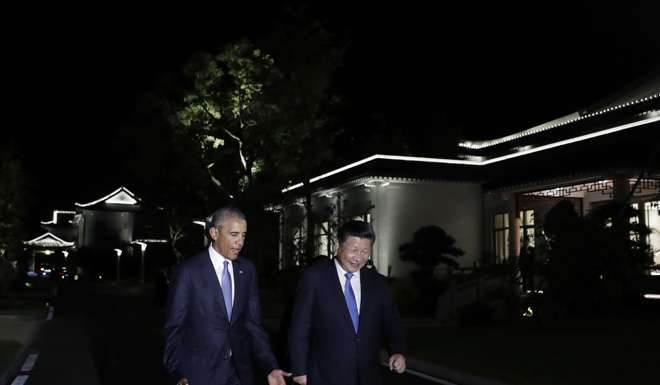
Apocalyptic visions of Sino-US relations are a road to nowhere
Julian B. Gewirtz says mutual fearmongering has entered mainstream political thought in the US and China, when cooperation is needed to tackle global challenges for the sake of the younger generation
Forget the daily news stories – an upcoming apocalypse in US-China relations is already on video in both countries.
In the Chinese video, promoted with the hashtag “Who most wants to overthrow China?”, images of refugees fleeing the Middle East fill the screen. Forbidding violins thrum in the background as a message appears against a dark background: “‘Colour revolutions” have already successfully pushed many countries into the flames of war and division. These devilish claws are also reaching into China!” After further denunciations of the US, the video concludes with martial images and calls for all Chinese to prepare for “a long war” against hostile infiltration.
Watch: ‘Dark shadow of the Stars and Stripes’
Are these screeds the work of fringe extremists? If only. These films express what are now mainstream views among some members of the leadership of the world’s two largest economies.
Death by China is a documentary directed by Peter Navarro, a prominent adviser to US President-elect Donald Trump. He has just been named assistant to the president and director of trade and industrial policy, leading Trump’s newly created White House National Trade Council. The Chinese video, in turn, was publicised by a verified social media account of China’s Ministry of Public Security.
Watch: ‘Death by China’ trailer
Melding violent imagery, paranoia about hostile infiltration, and a sense that terrible things are secretly afoot, these two films offer apocalyptic visions of US-China interconnection. Reflecting a mutual hostility that risks overtaking the relationship in the Trump era, they illustrate how provocative actions by one side play into the most fearsome imaginings of the other.
Trump’s anti-China trade chief is no economic illiterate

People’s Daily warns against colour revolutions, blames ‘spread of Western ideology’
Equally, the hostile propaganda of films like “Who most wants to overthrow China?” not only stokes Chinese nationalism, but may also seem to confirm the paranoia of Trump and his advisers that “death by China” is a real threat. These are apocalyptic visions that agree with each other, a grim concordance that can only hasten catastrophe.
The US may never be able to have a completely trusting relationship with a China led by the Communist Party. But this does not mean we will have to be adversaries
That’s a dramatic generational divide. My generation in the US includes large numbers with China expertise, good ties with its people, and not given to paranoia and loathing towards China. They include not just policy professionals, but also people in the technology, business, health, environmental, educational and cultural sectors.
Watch: Trump calls China’s currency devaluation a disgrace
We can see neither side is wholly culpable or wholly blameless
To a certain degree, perhaps it’s understandable that some older Americans are willing to burn the bridges between the US and China.
Everyday Americans have seen jobs vanish, and cheaper consumer goods can’t ease the pain of losing a respectable livelihood. China has deeply disappointed those who hoped that the country’s economic reforms would lead its political system to liberalise. The US may never be able to have a completely trusting relationship with a China led by the Communist Party. But this certainly does not mean we will have to be adversaries.

China, US climate deal endorsement sets stage for Xi-Obama meeting
Apocalyptic visions fill the minds of some officials in both the US and China. But the American public and elected representatives must not fall prey to these fearsome imaginings, which will make the world even less safe, stable and prosperous. Today’s baby-boomer leaders may be able to escape the full repercussions if Sino-US relations sink into enmity. My generation will have to live with the consequences.
Julian B. Gewirtz is the author of Unlikely Partners: Chinese Reformers, Western Economists, and the Making of Global China
